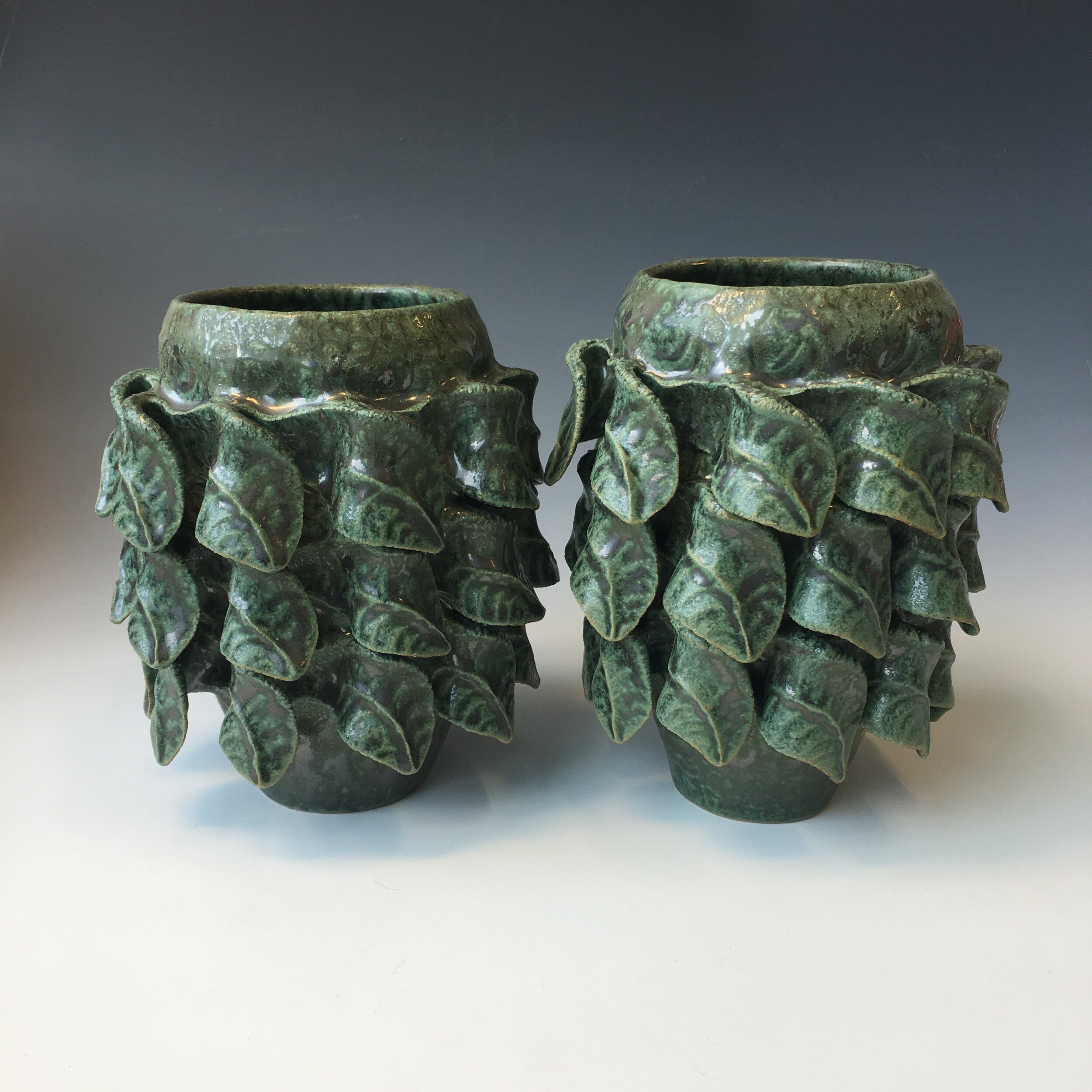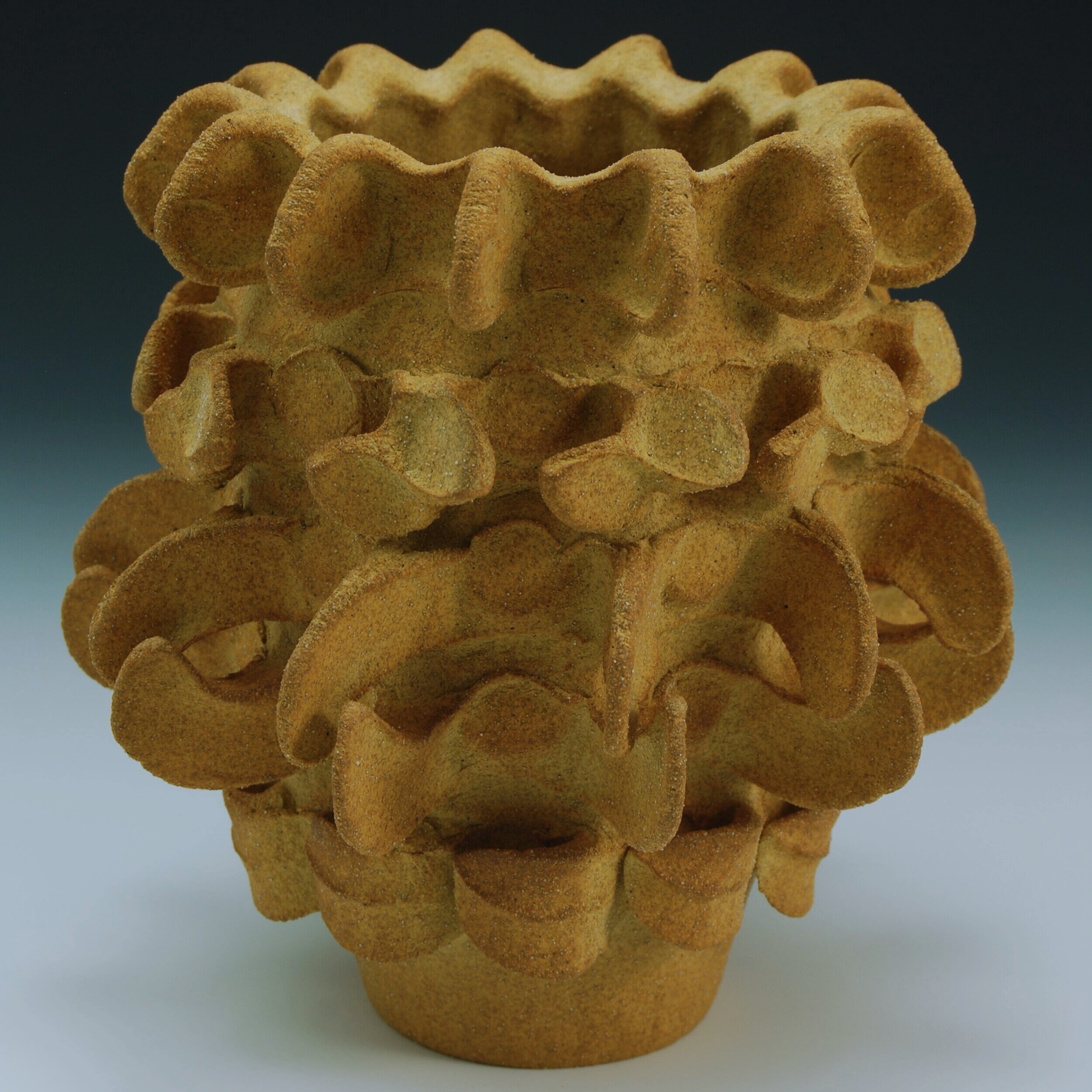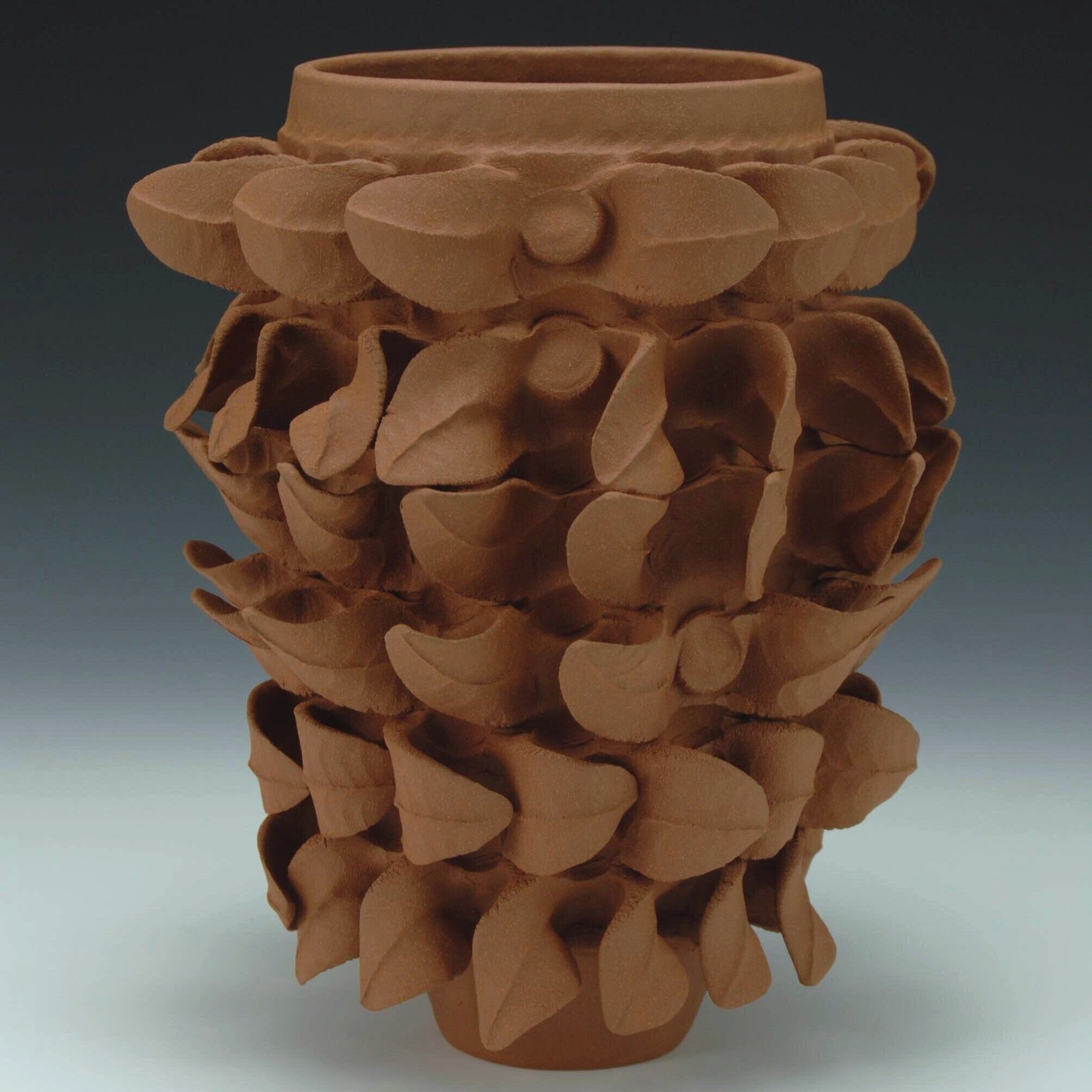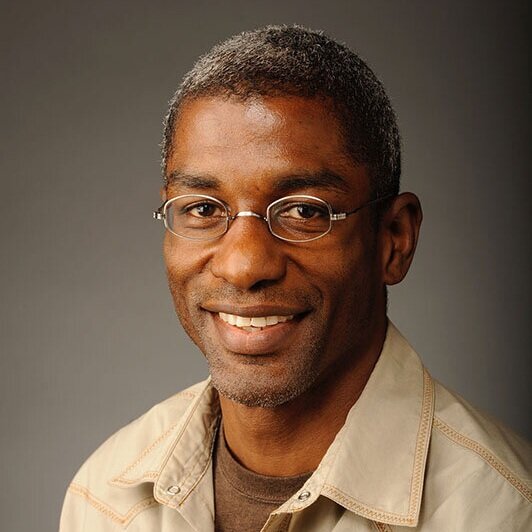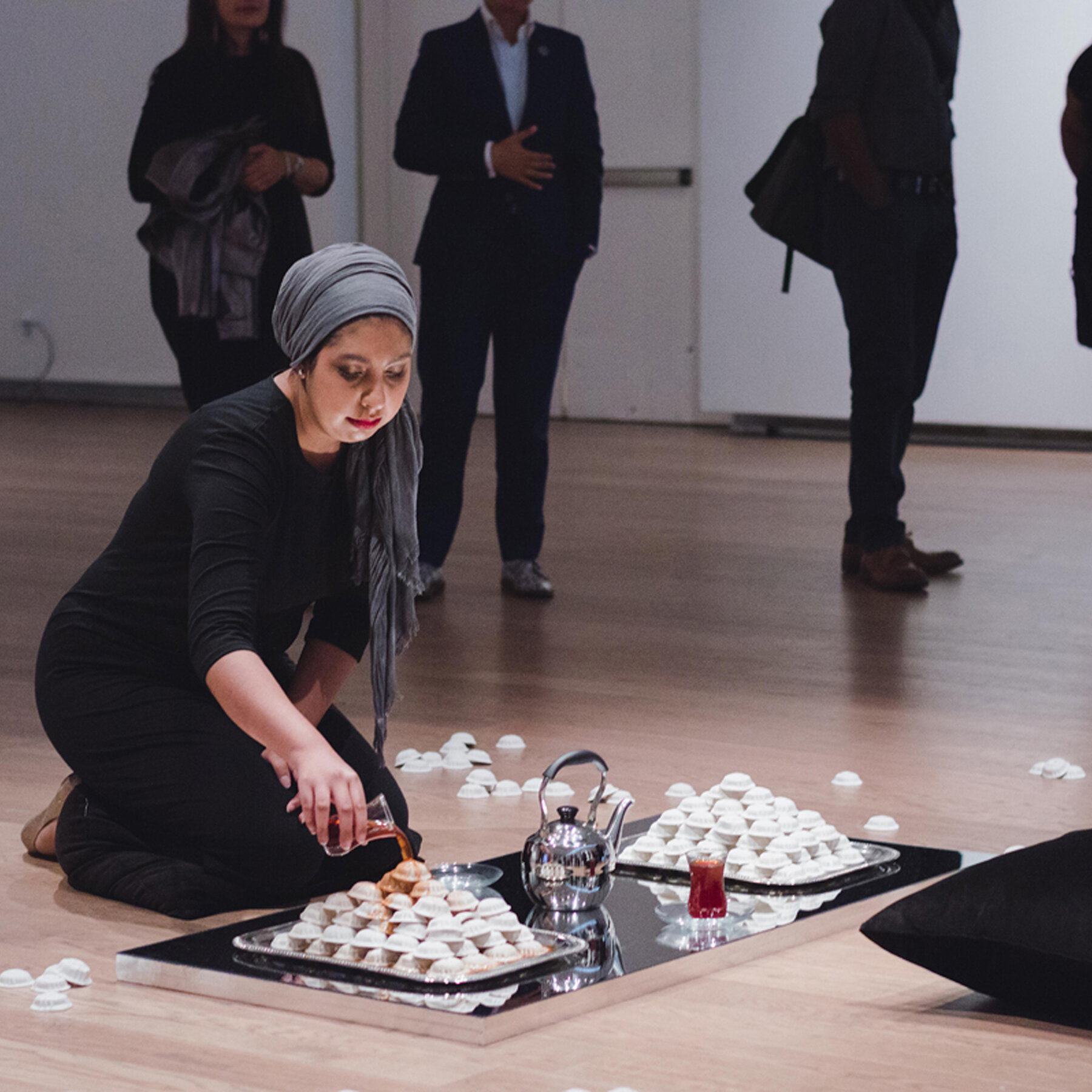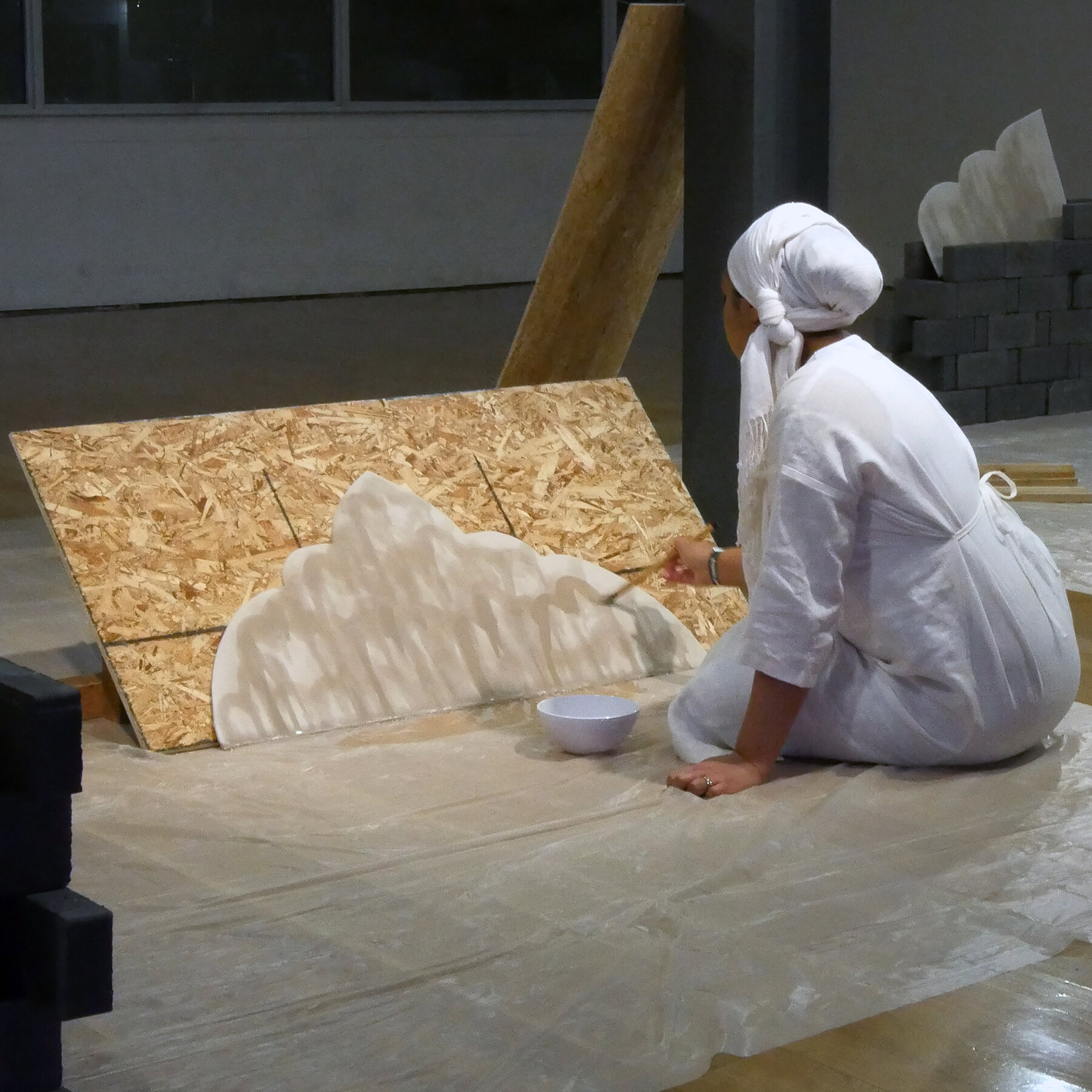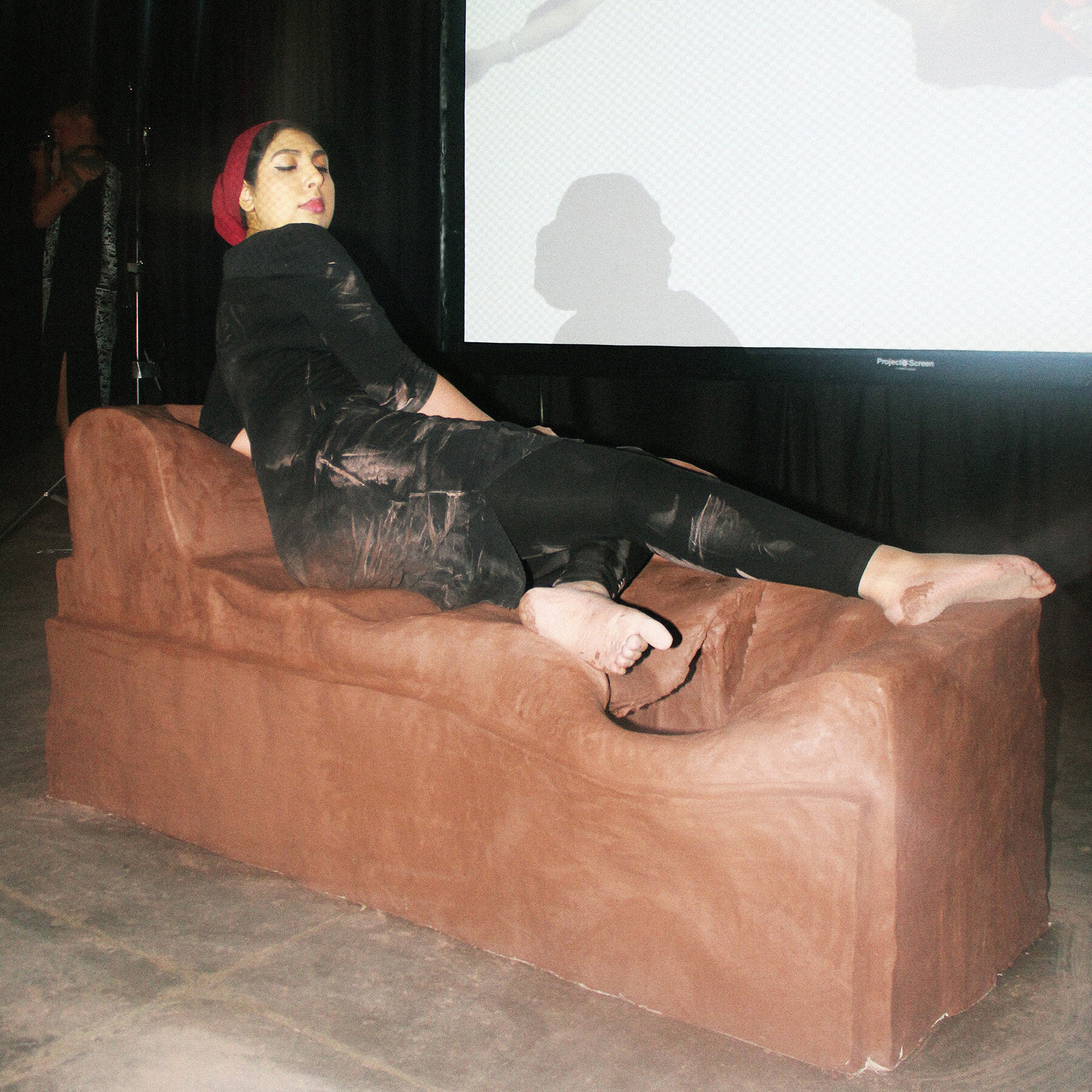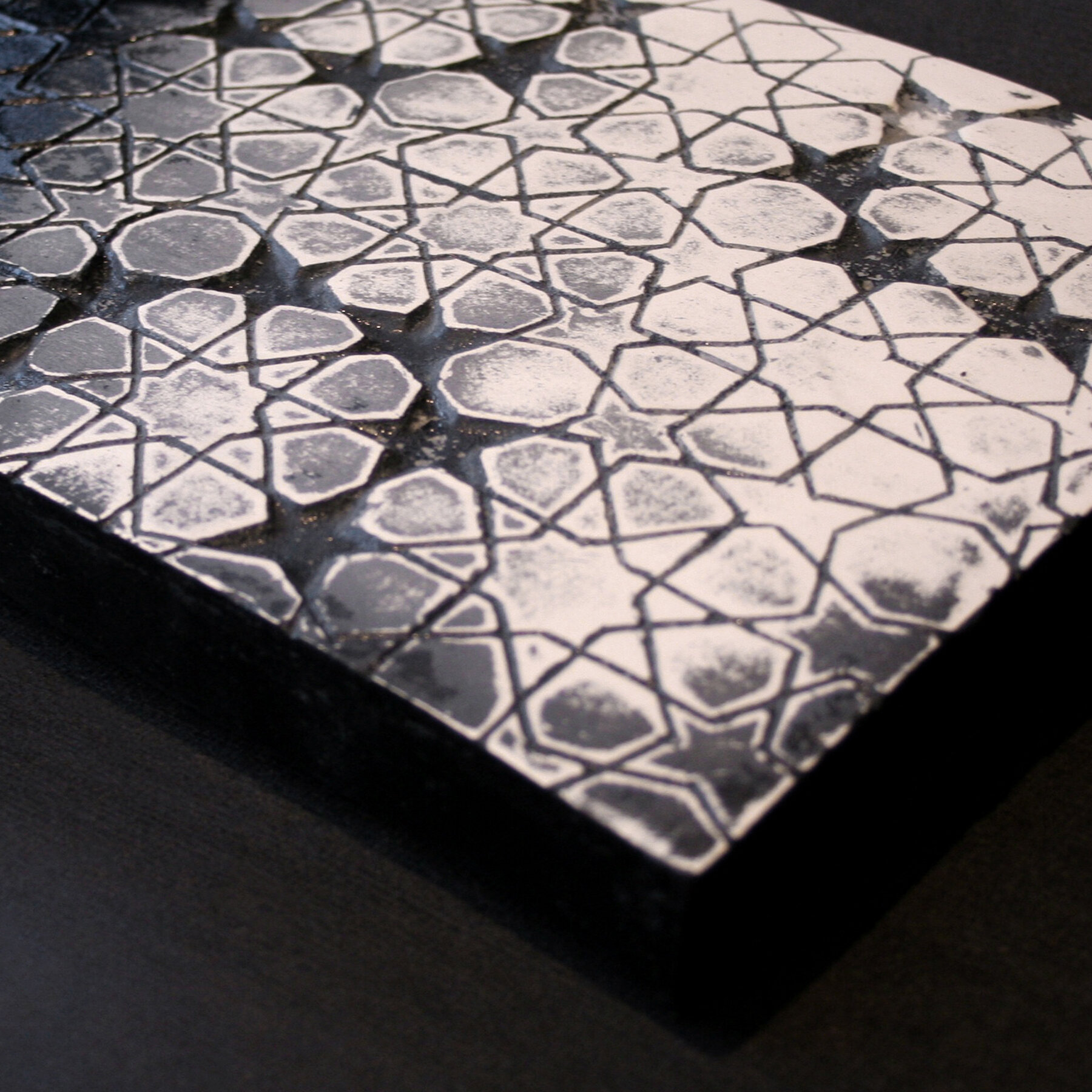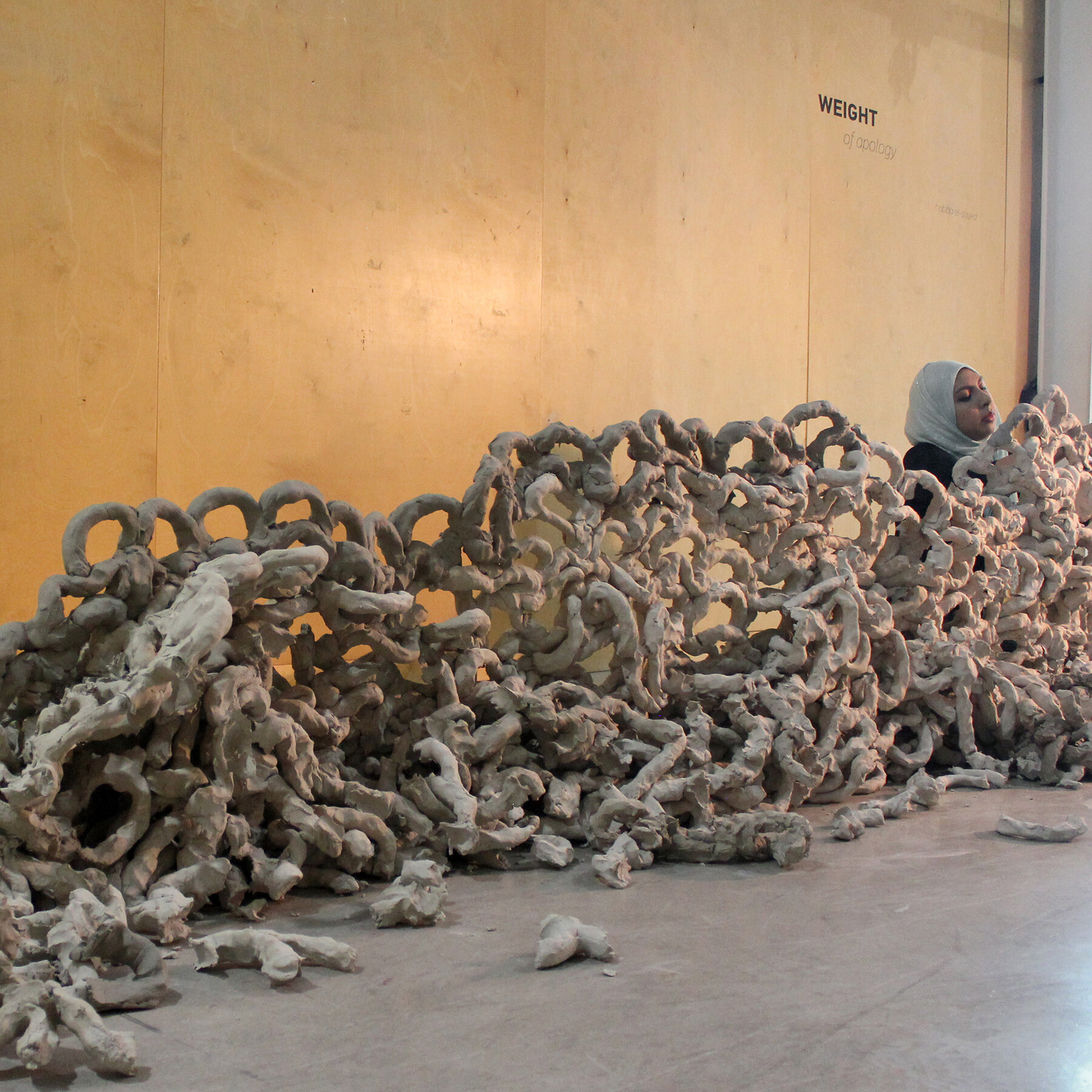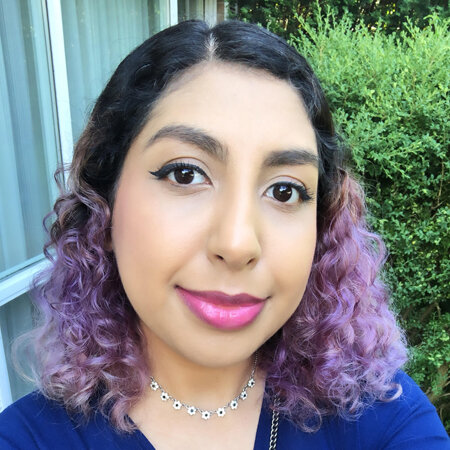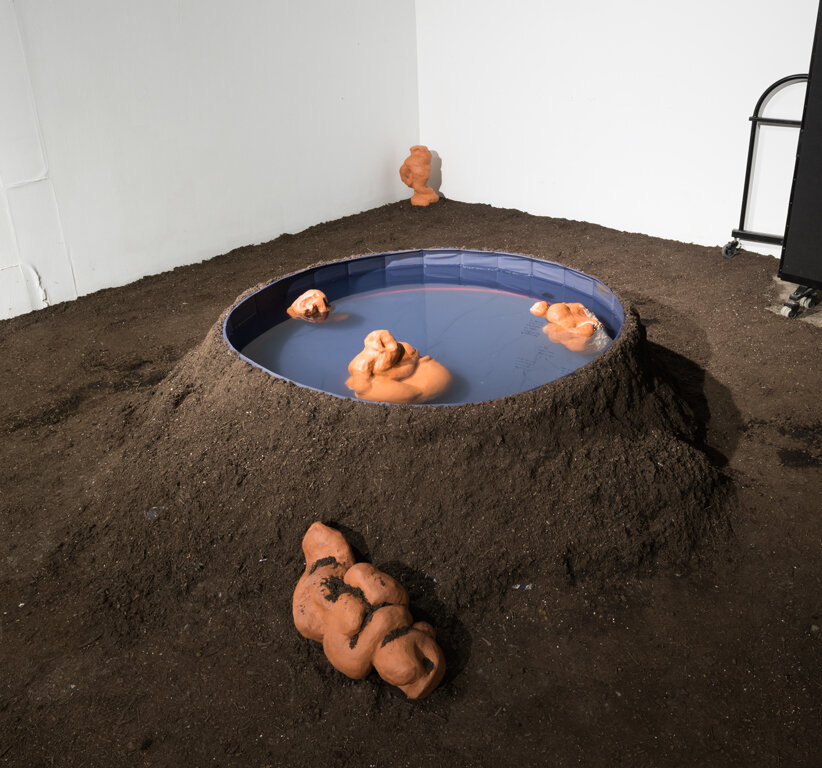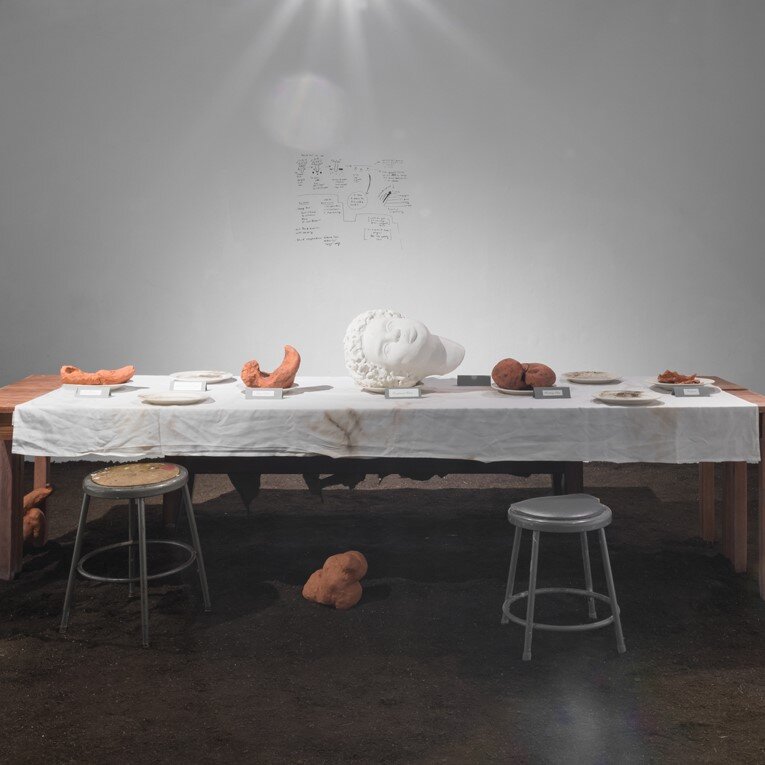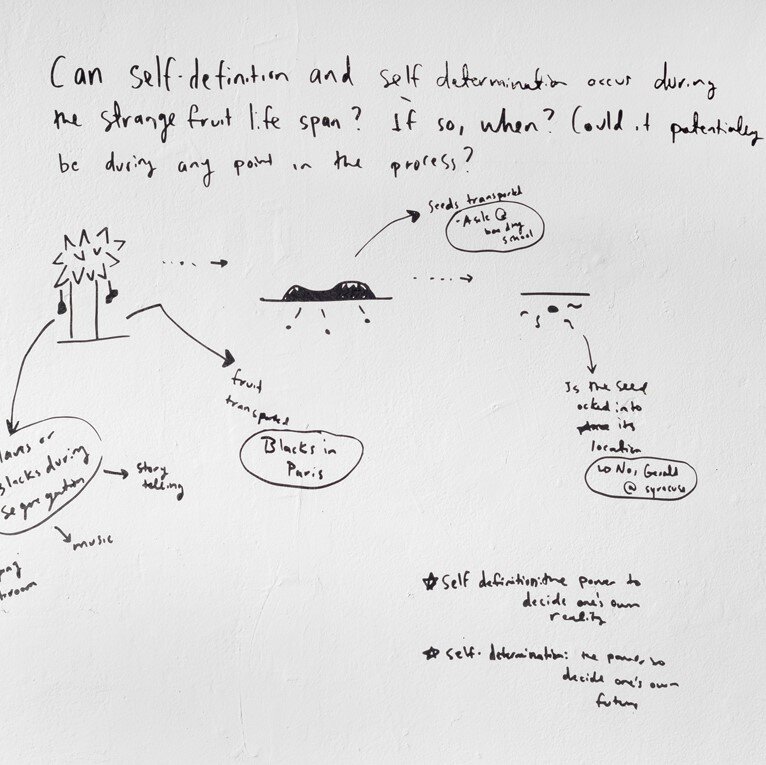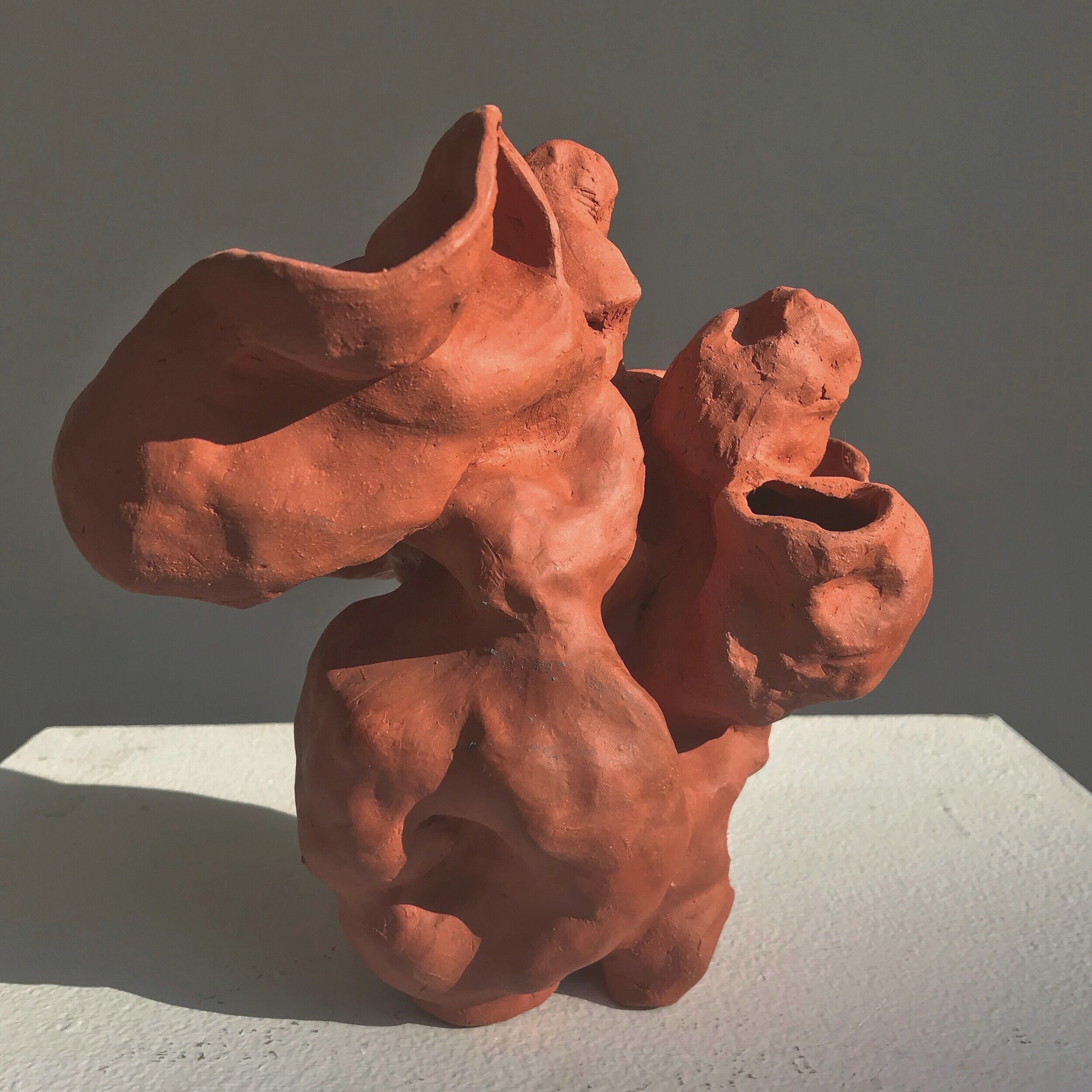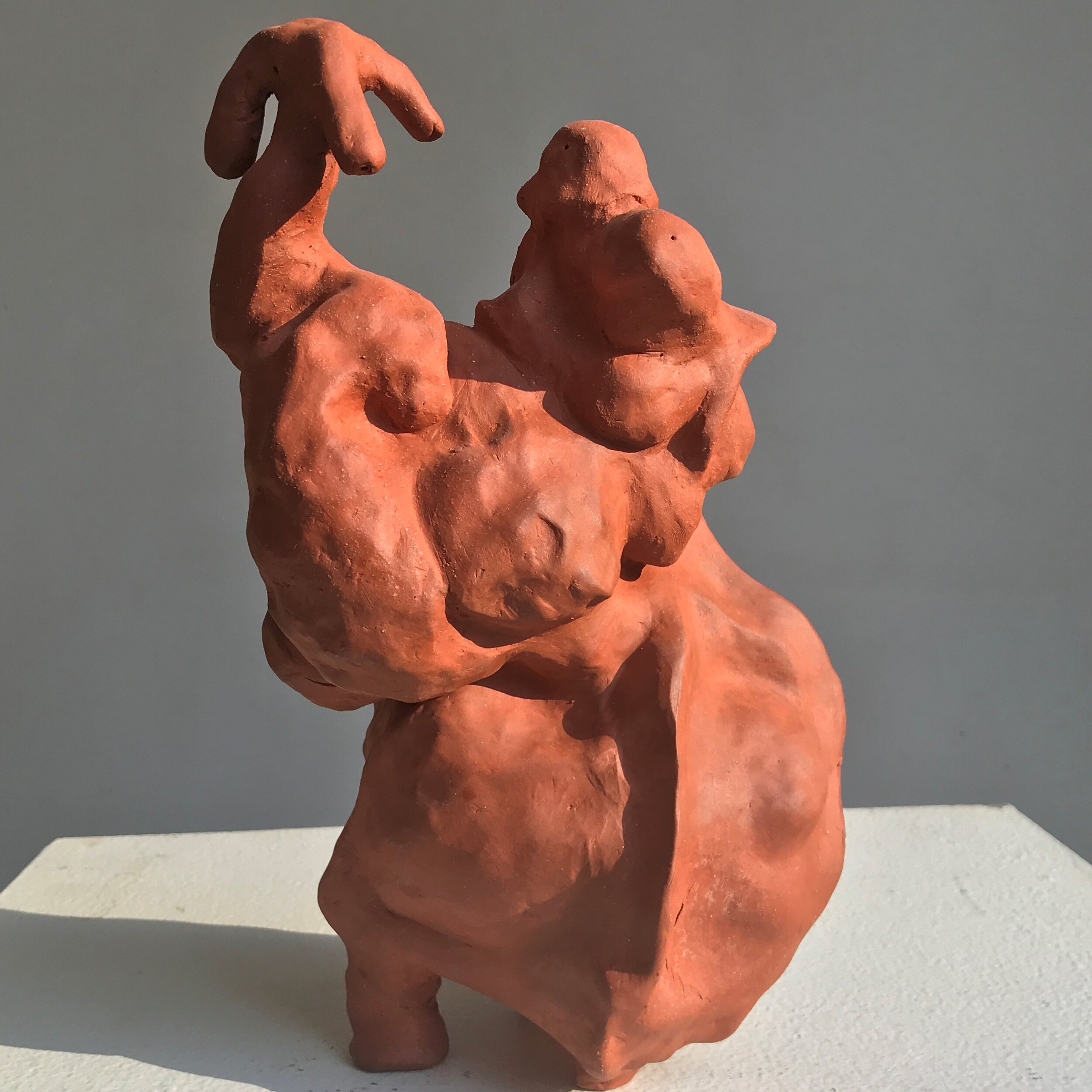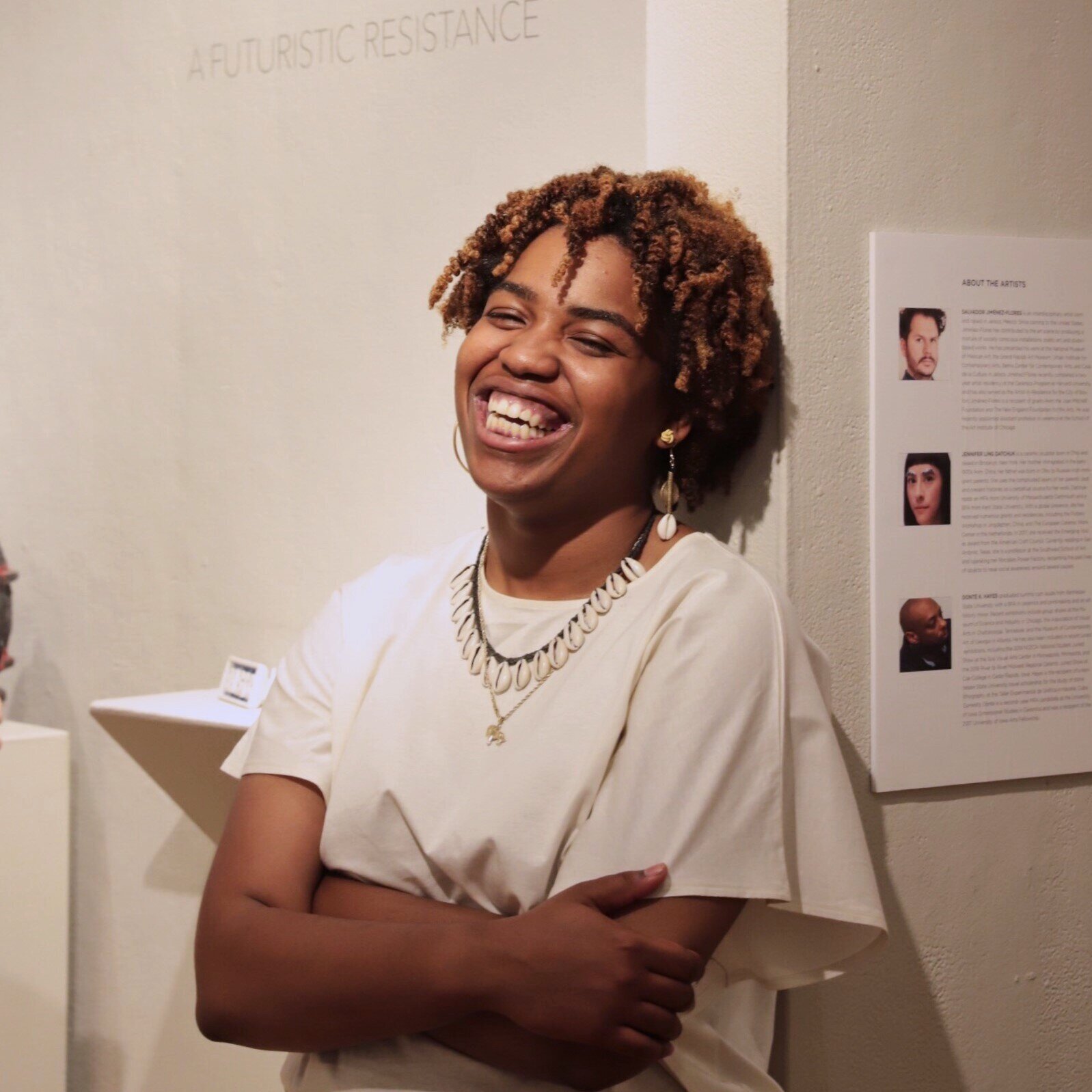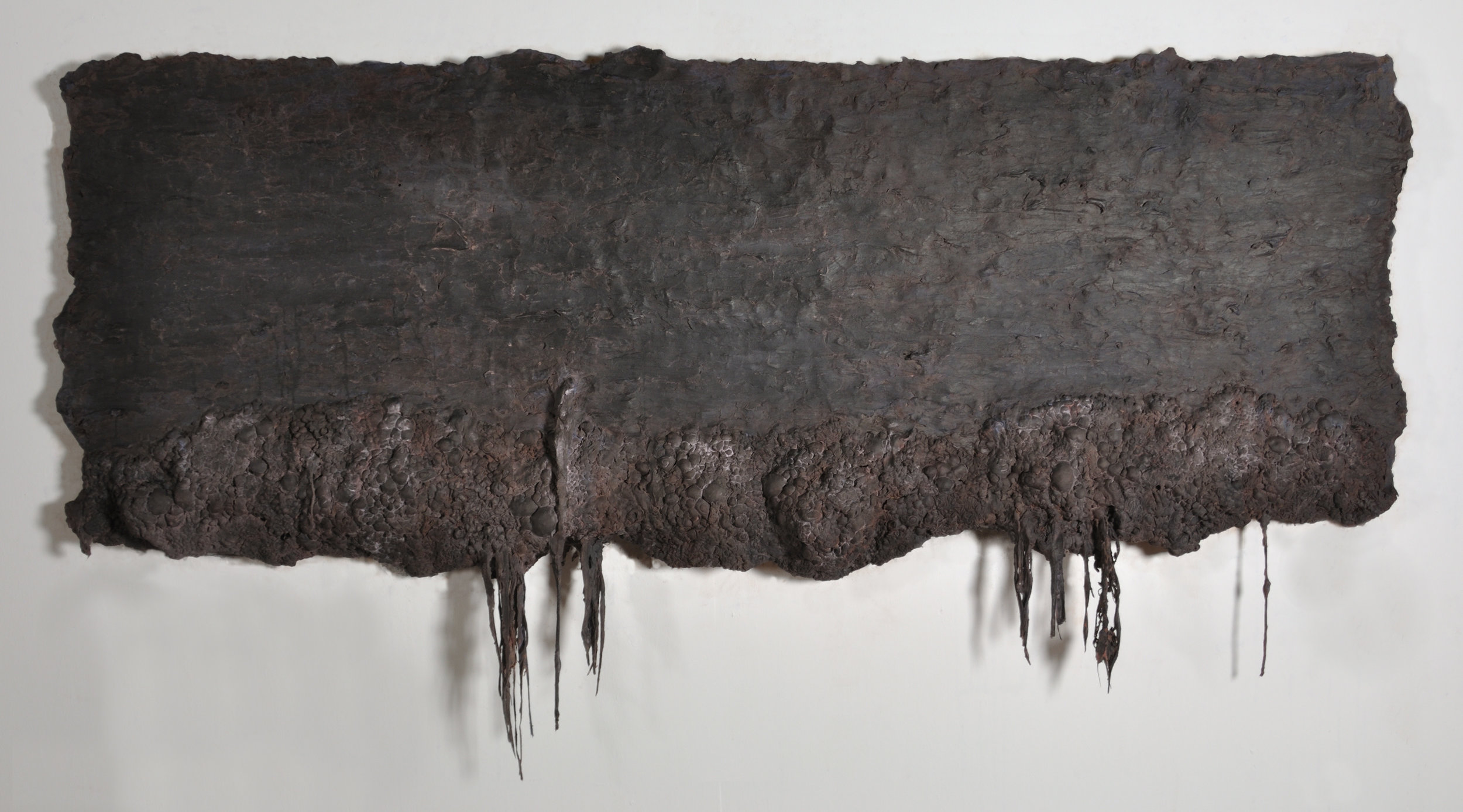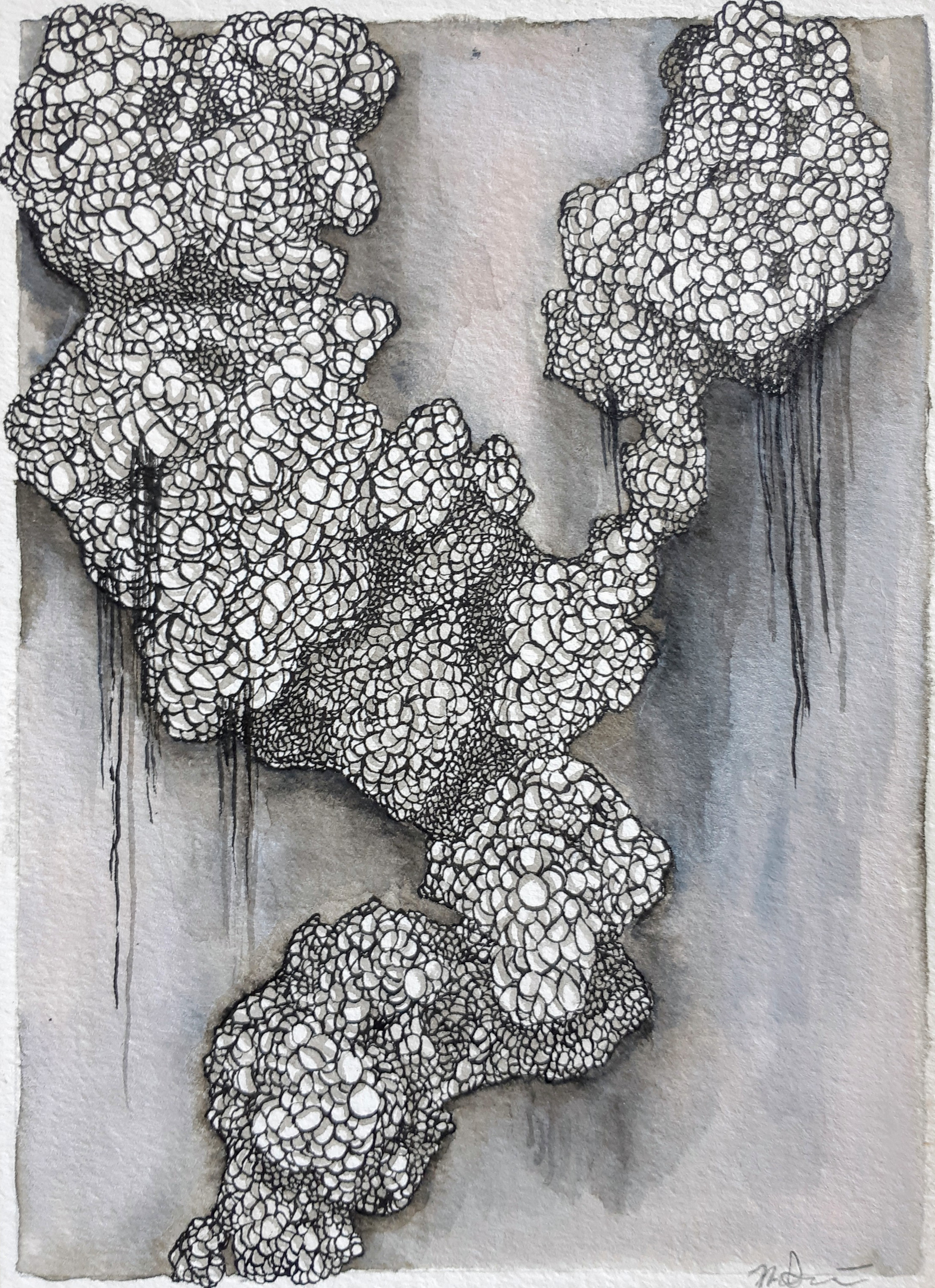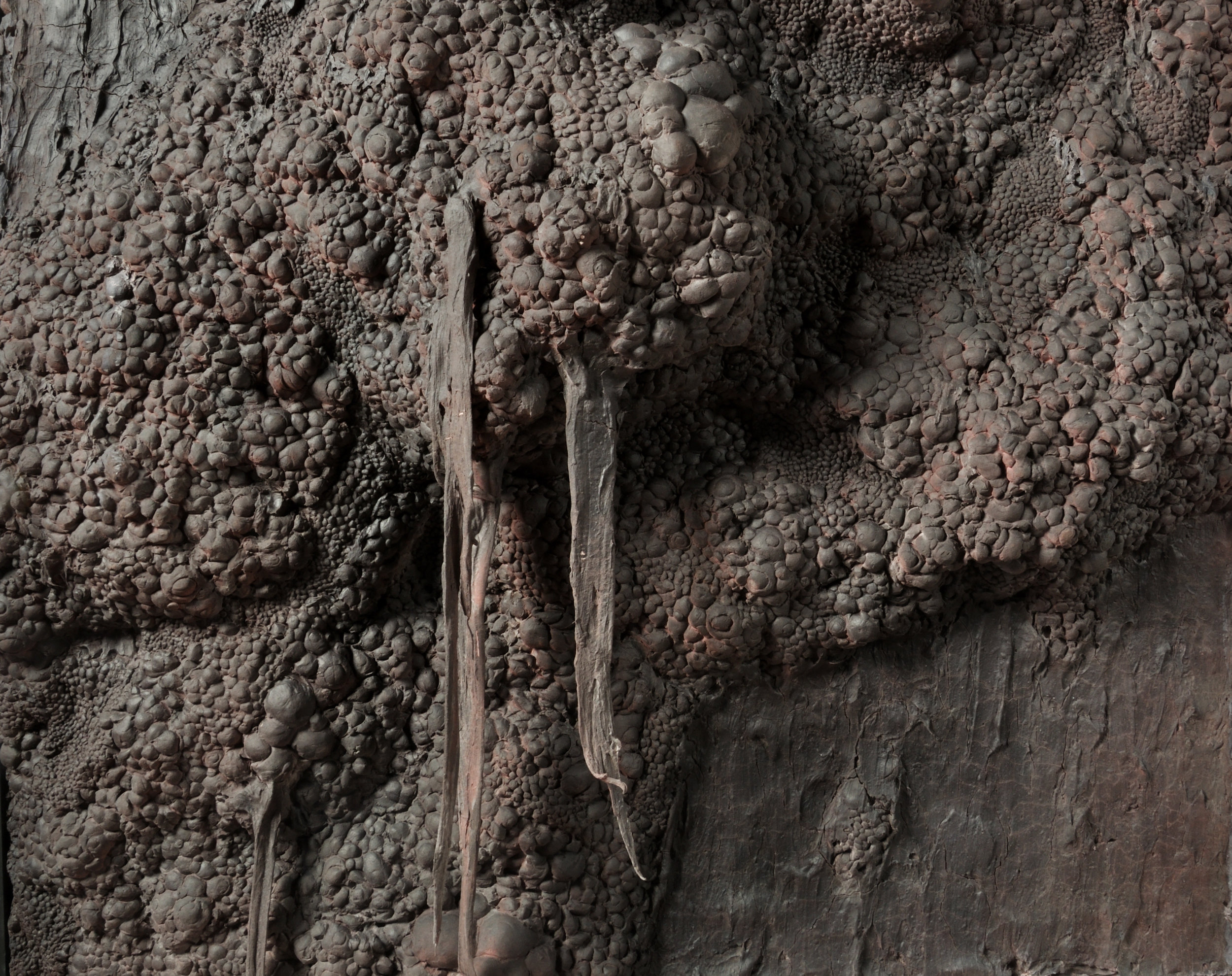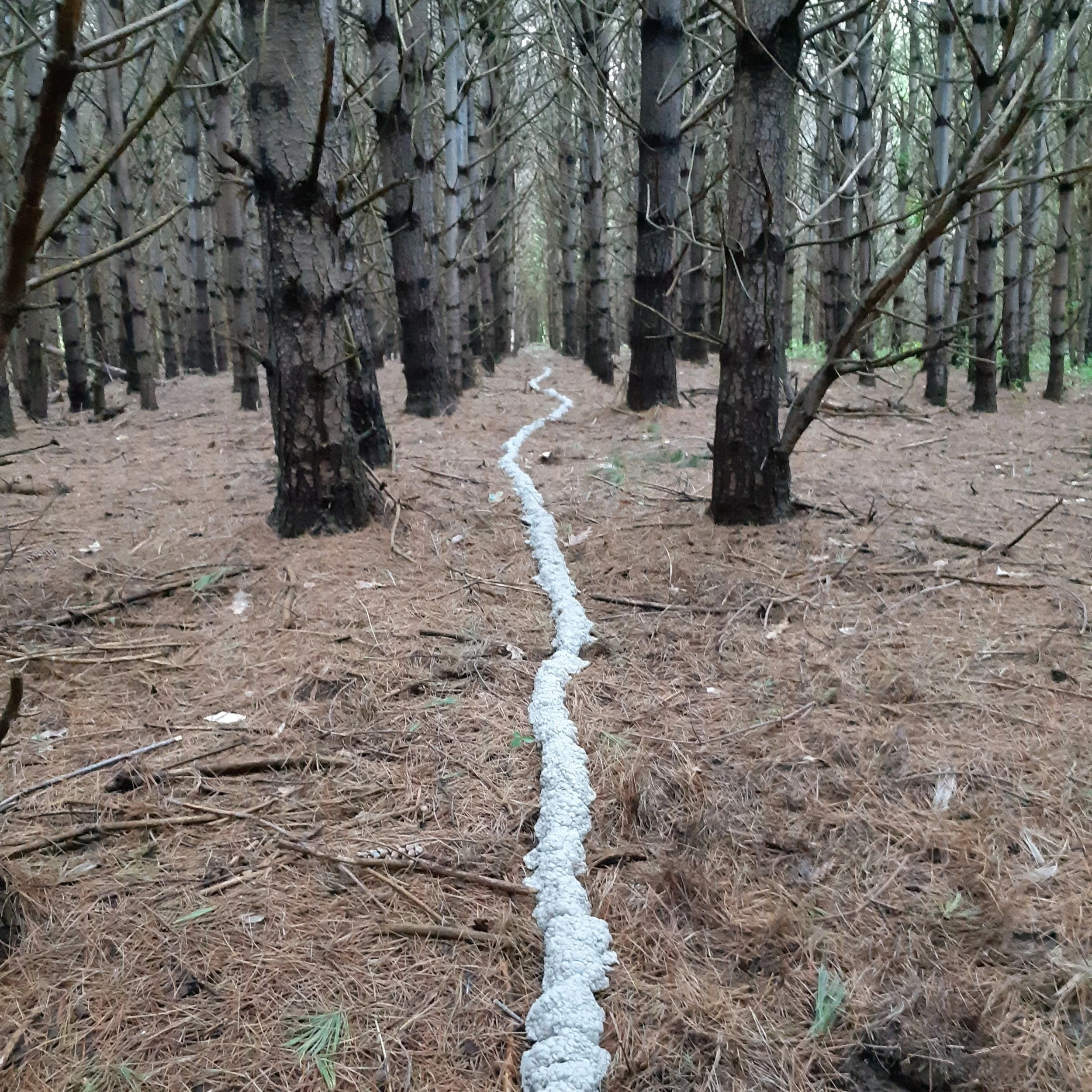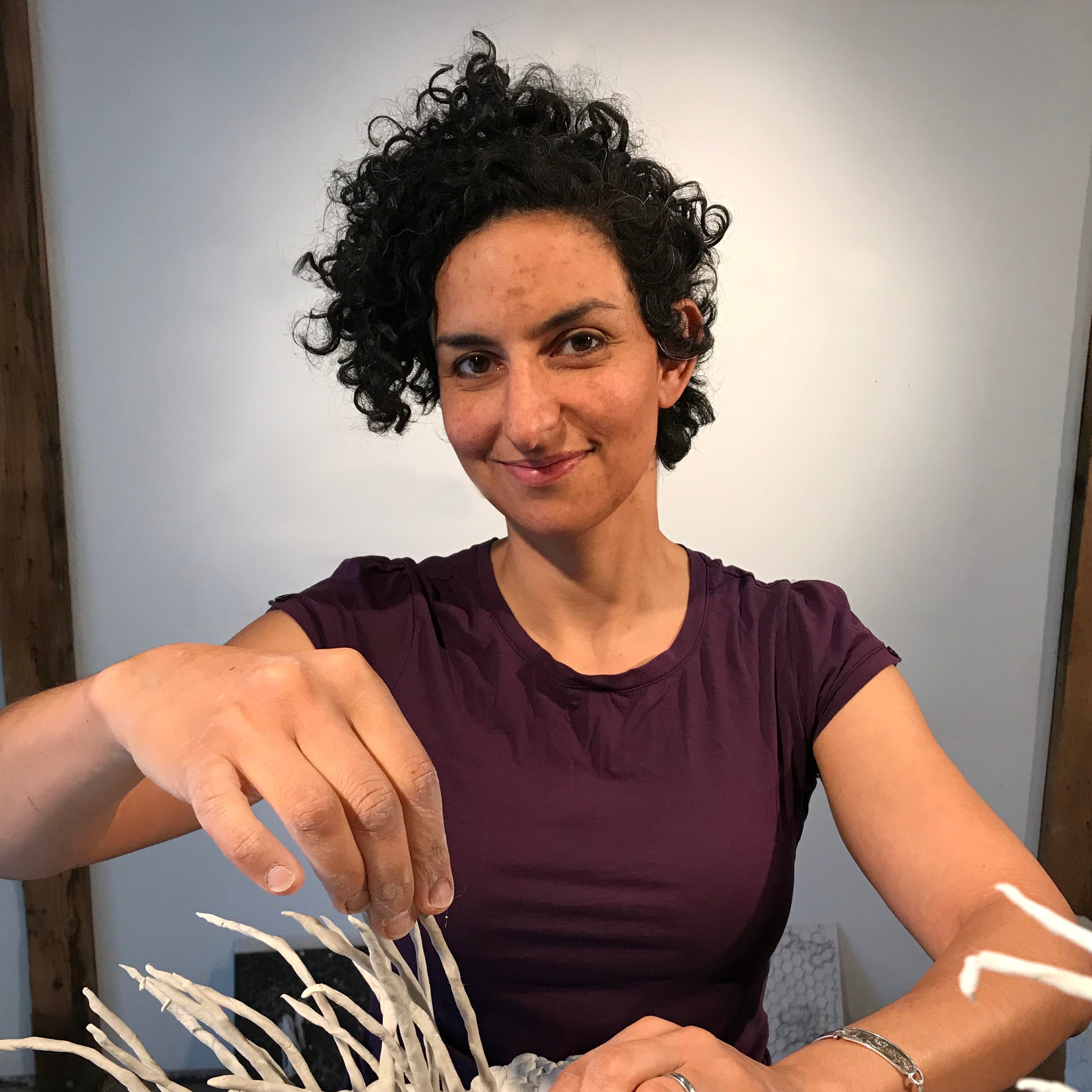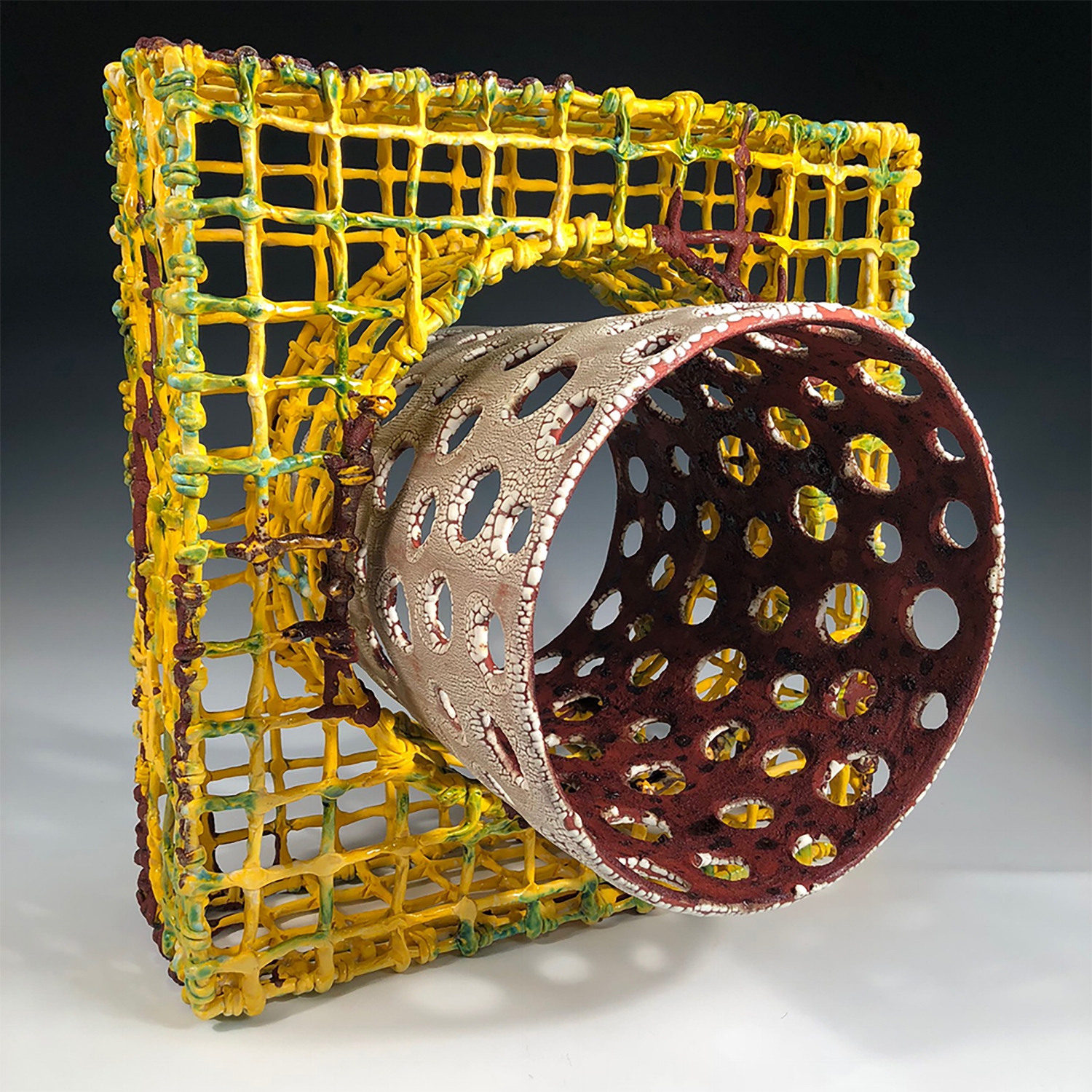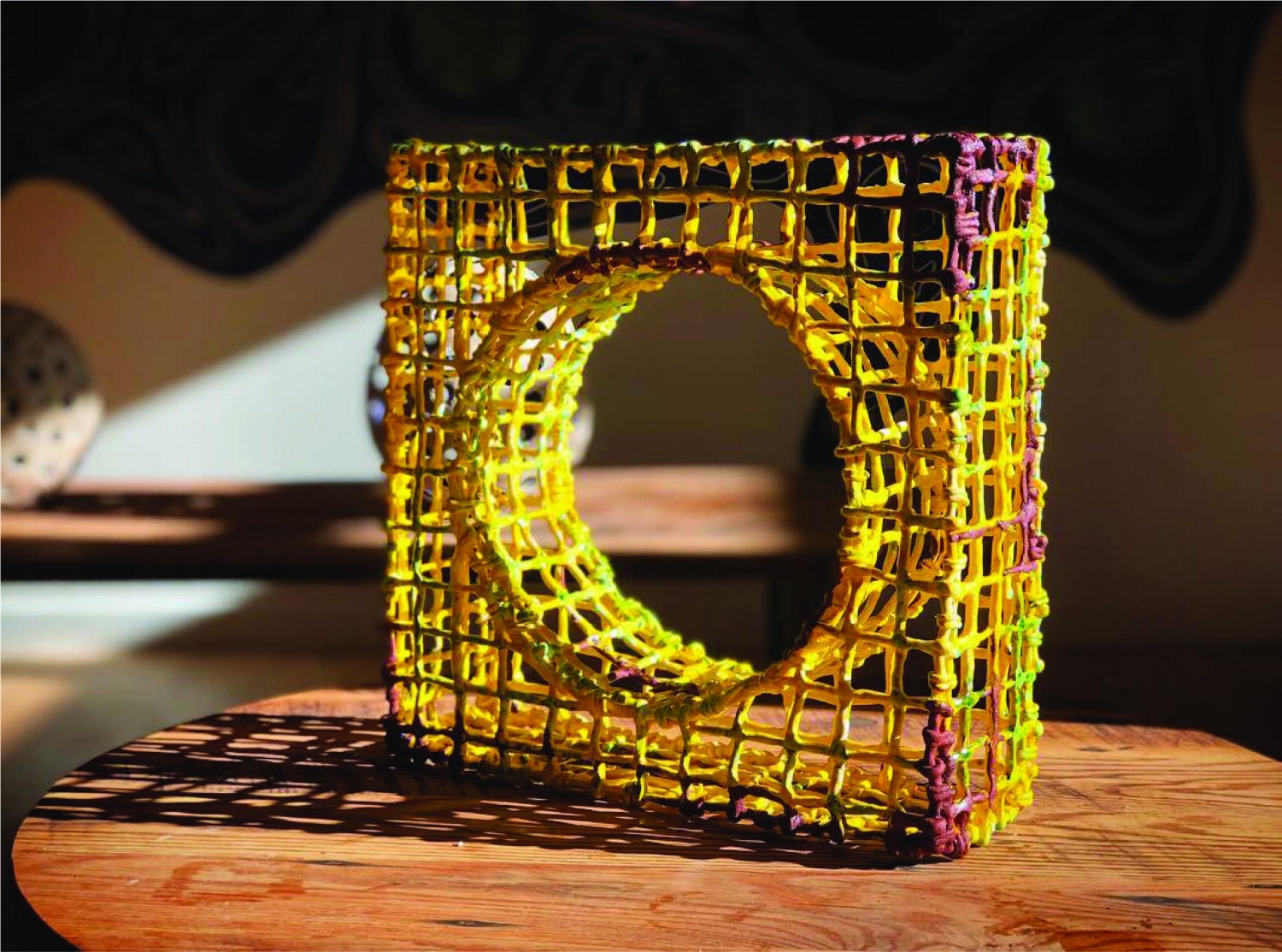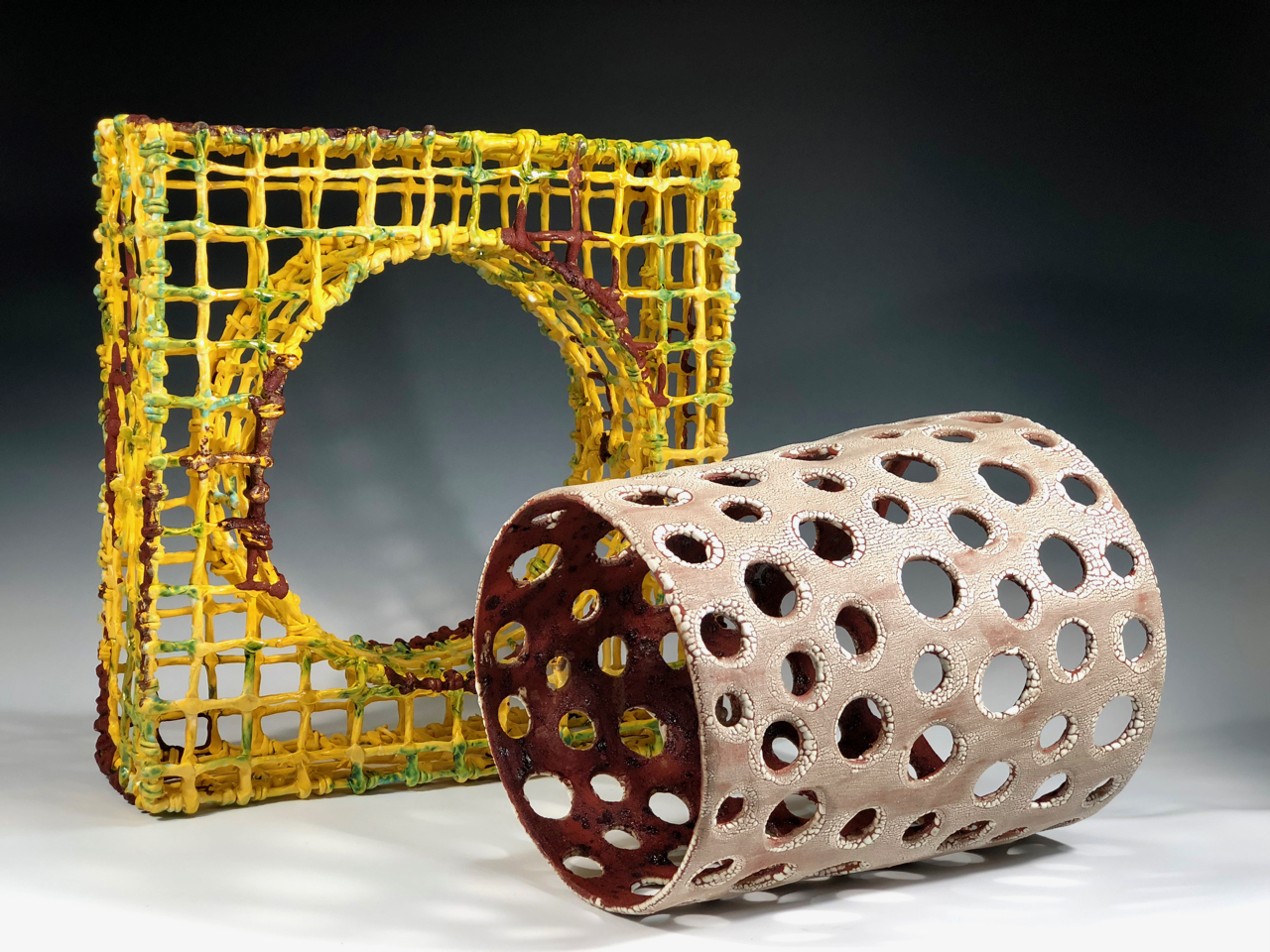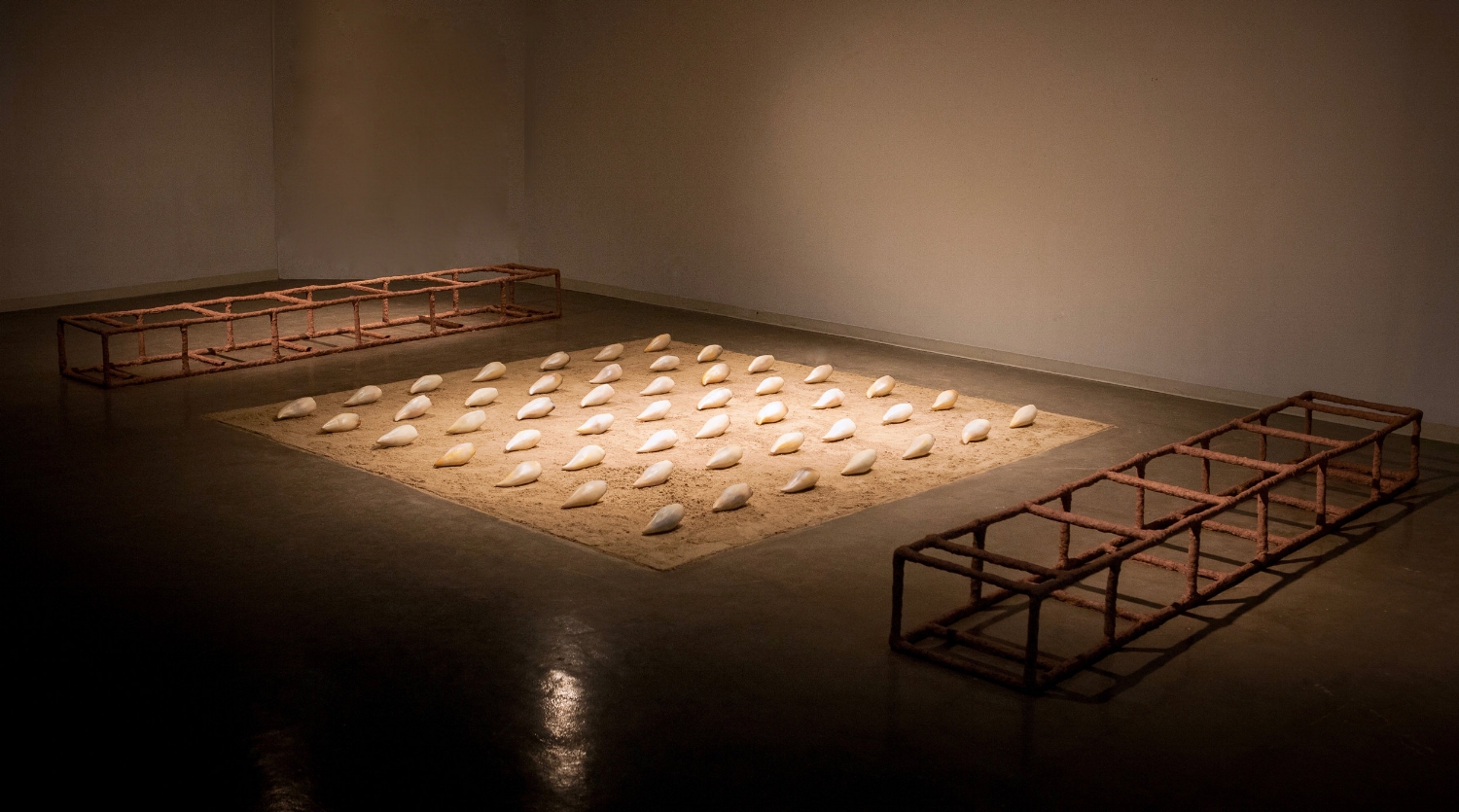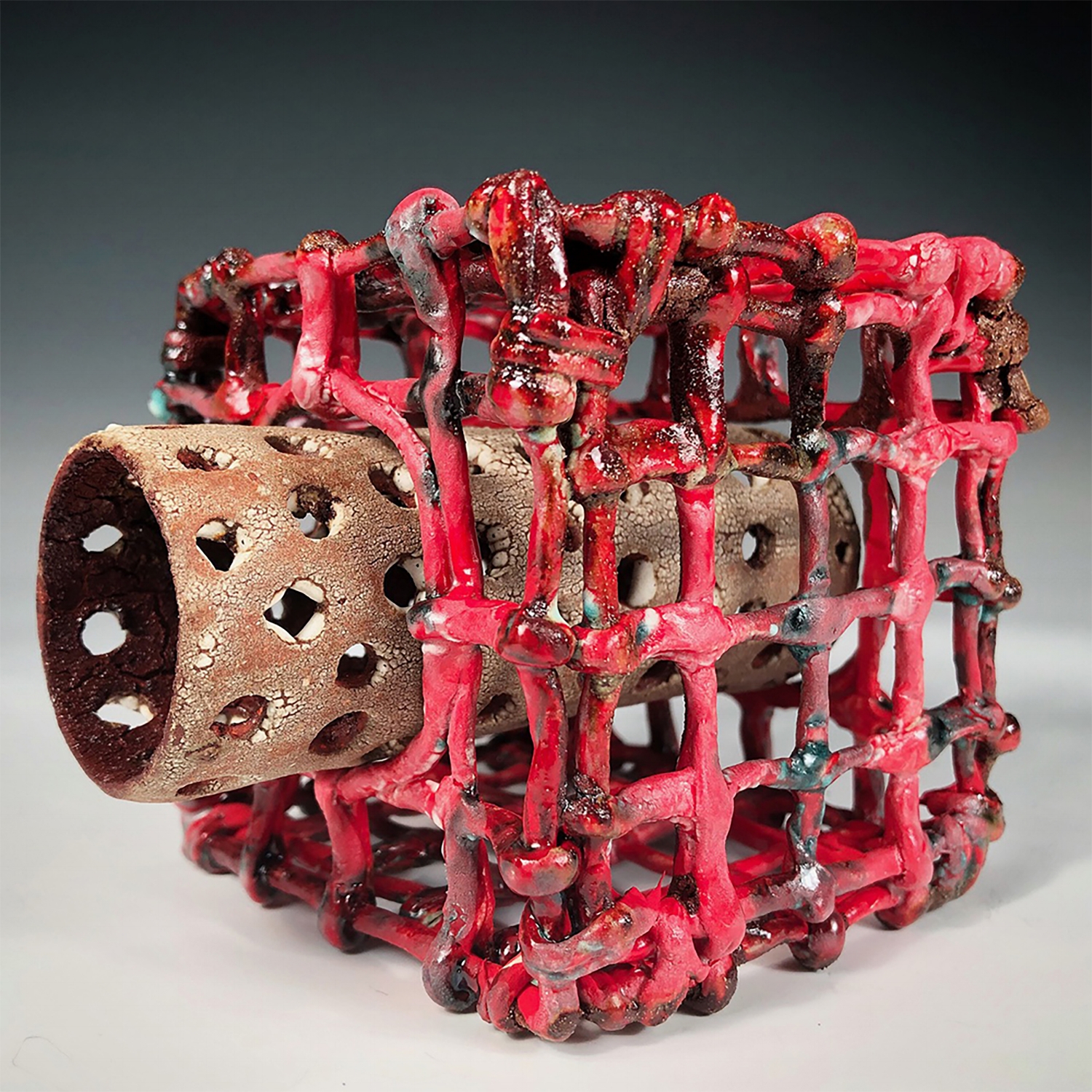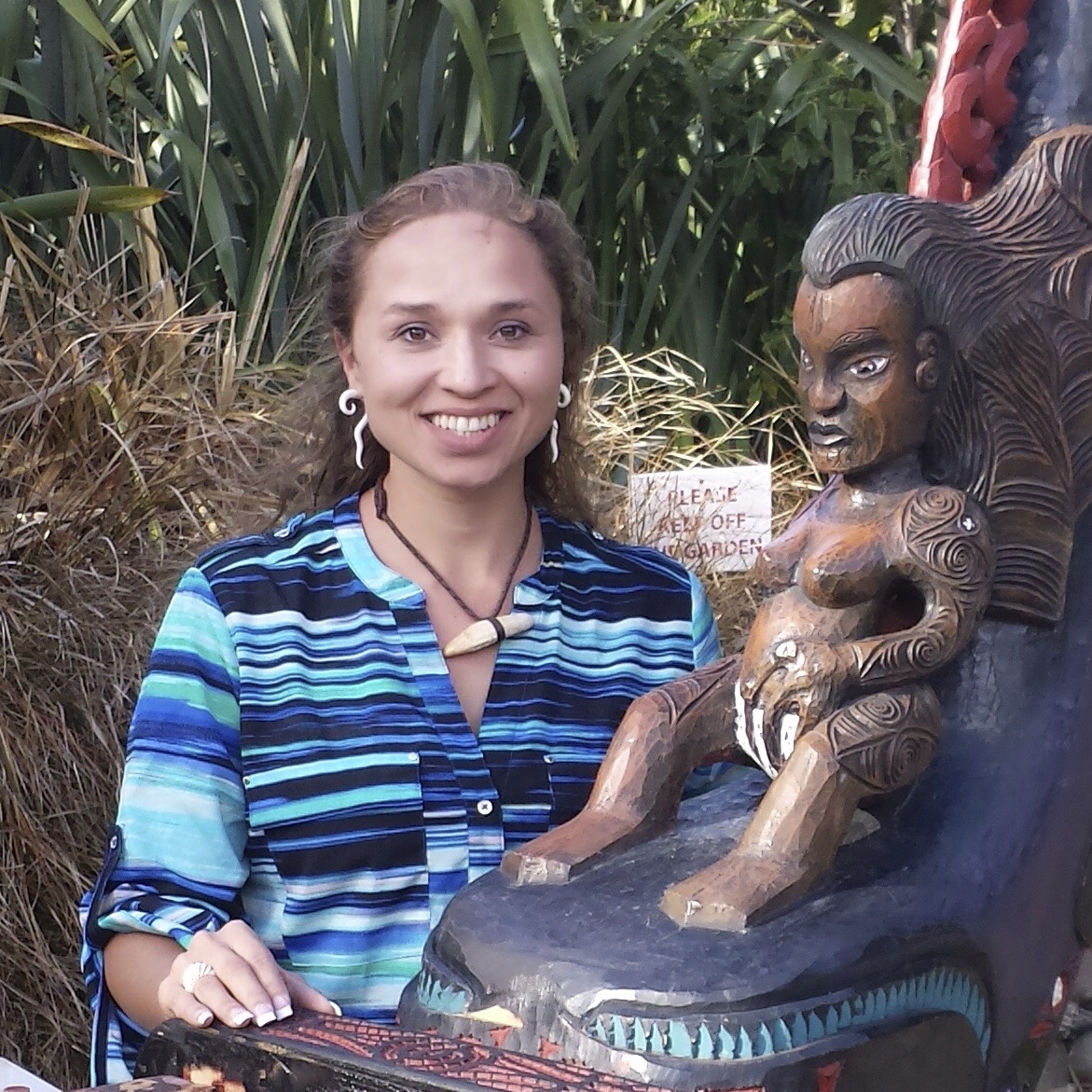My work in ceramics began in high school and continued at the New York State College of Ceramics at Alfred University. At Alfred (as an undergraduate and years later as a graduate student) ceramics began to truly provide me solace and give me scope to concretely philosophize. I explored the continuum between art and spirituality for many years while continuing my education. Following Alfred I went on to earn the BSEd, in Education/Ceramics at City College New York in 1986. I returned to Alfred University to complete an MSEd, in Education/Ceramics, in 1992, completed the Ph.D. in Art Education/Educational Theory and Policy, at Penn State in 1995, and ultimately the MFA in 2016 from the Massachusetts College of Art. I have taught art education and art over the years at all school levels. My work has become increasingly contemporary and I am nurturing a sustained presence within the art-making world. Over the last several years I have exhibited in international, regional and juried exhibitions.
Two building processes are at the fore of my practice, pinch-formed vessels and slab built sculptural forms, which are often vessel-like. My pinched work is, by and large, intuitive but I sometimes reiterate forms that I find particularly elegant. Though no two can be exactly alike. My pinching process is neither additive nor subtractive but expansive. I grow the form from one chunk of clay using the pinching method to open the chunk and expand it outward and upward. For larger forms, 10 inches or more, I sometimes use a slab or dome base. This work is meditative in the sense that I experience flow during the process. The concept of flow is a phenomenon researched by Mihaly Csikszentmihalyi. Flow or optimal experience is gained during activities that have the right balance of skill vs. challenge. Presently, I am engaged in a process I call “pure pinching,” that is, making the goal of my practice to be present to the largely intuitive process of growing a form, most often, out of one piece of clay—it becomes a mindful practice. In one sitting I develop the form, intuitively sculpting, and the moment ends as a contemplative object due to the visual mystery of the process.
My slab built forms are for the most part more planned, measured and intentional. Early on, years ago this work became the work through which I explore specific subject matter. Balance, the paradox of inside and outside, architectural structural references and materiality all serve as metaphors in this work. Ultimately, I am interested in the development of interiority on a continuum with exteriority. Equilibrium and balance appear where it seems none can be attained. My work primarily critiques traditions, broadly defined, where they impede the possibility of ongoing equanimity. I present equanimity as compositional balance.
Combining these two ways of working and thinking regularly becomes a means to expressing ideas neither can accomplish for me on their own. Even in combining the techniques a compromise is necessary and neither technique is fully realized but their fruition is found in their union. The piece Hypostasis is about union (p-briggsp01).
While the pinched vessels are ongoing work for which I regularly invent new techniques and forms, I engage fresh conceptual ideas through the slab building. Presently I’m working on a project called Cell Persona: The Impact of Incarceration on Black Lives. I will have a solo exhibition of this work in 2019 during the NCECA Conference. The first Persona forms I built (2017) dramatized personality with the spatial metaphor of the paradox of inside and outside. Cell Personas likewise uses space as a metaphor for characteristics of personality as it relates to environment. This sort of work is challenging to me personally. I did not use my ceramic work as a catharsis for these concerns until 2015. I was engaged in social justice in other ways and quieted myself with the pinching practice. Going forward I expect that I will continue to work in both slab and pinched form since it is the way I have expressed myself in clay over the years.
Next will focus my pinching attention on the challenge of pinching smaller flat-bottomed vertical vessels that tangentially draw their outer shape-form from flowering plants. Though the pinching has developed in its aesthetic content it remains a needed contemplative practice. The slab built work has, as stated above, brought me face to face with those parts of society that impact my life historically and personally and threaten my solemnity. Yet, the next slab pieces are about refuted space and asymmetrical balance. I will challenge my exploration of color, glaze and surface beyond the my attempts to borrow uniform architectural surfaces (p-briggs04).
— Paul Briggs
